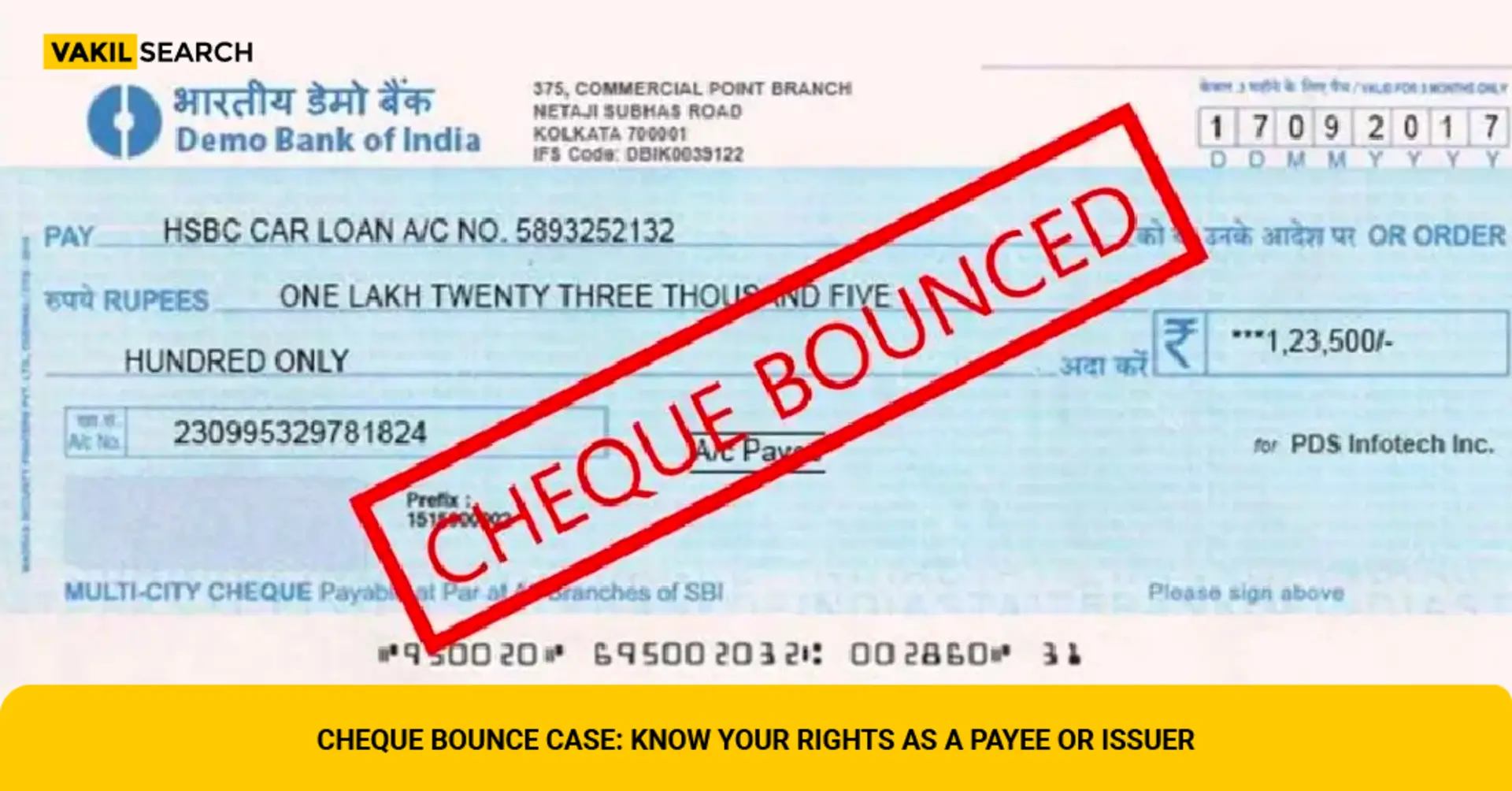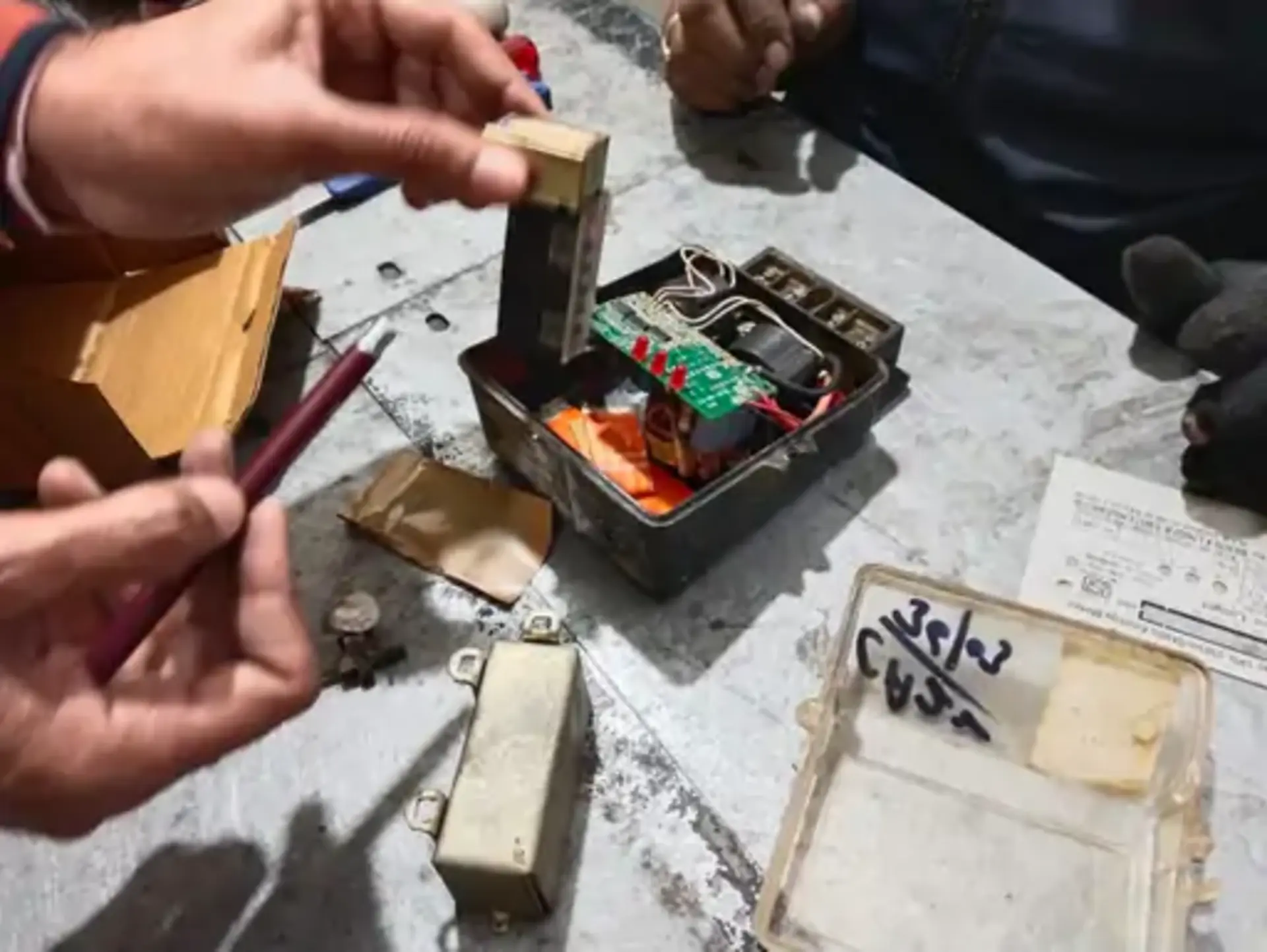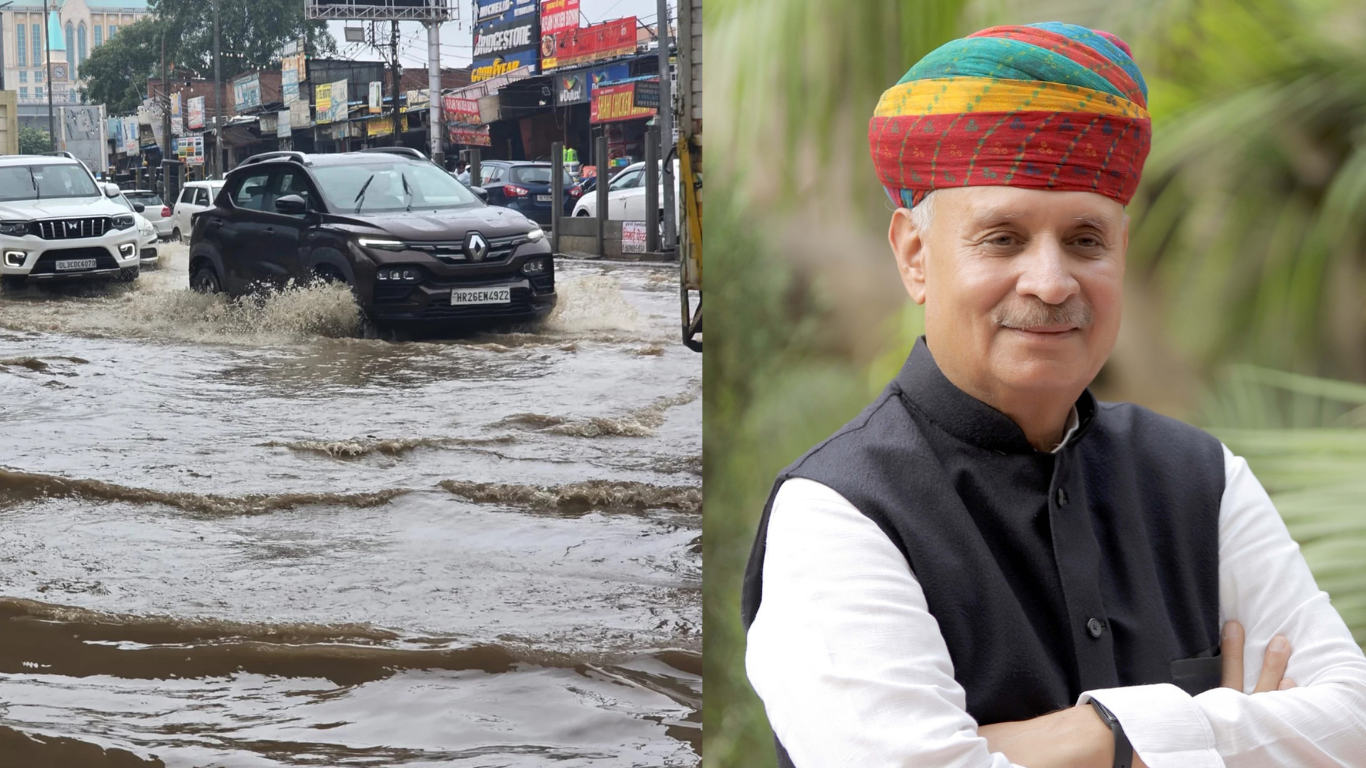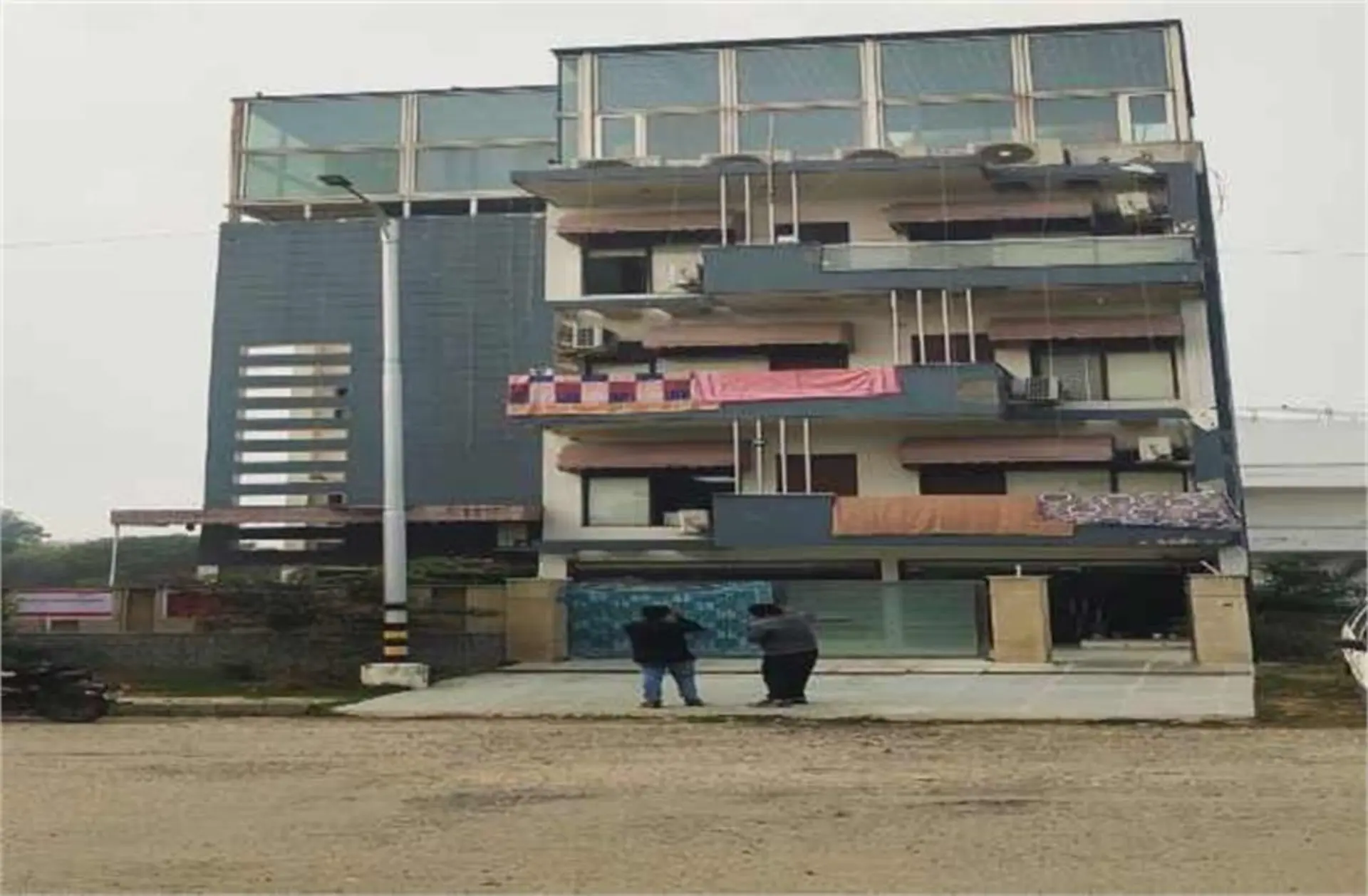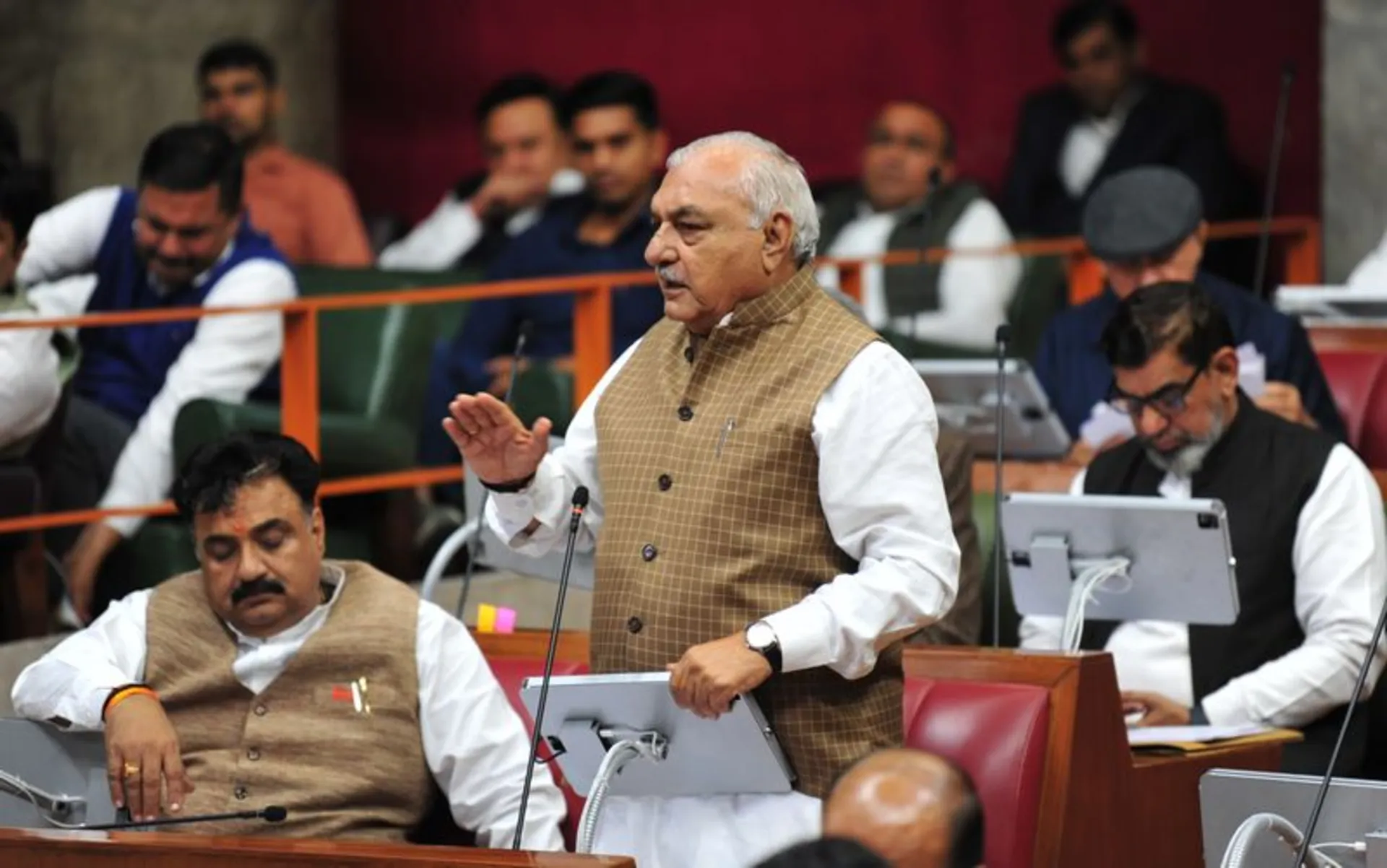
Home Ministry has announced President's Rule in Manipur after Chief Minister N Biren Singh resigned from his Chief Ministerial position on February 9, 2025. BJP struggled to find a replacement as the support for N Biren Singh has weakened. The violence in state which began in May 2023 is a significant factor in reducing the support for Singh's leadership among the public and within the party.
Understanding President's Rule
President Rule is imposed under Article 356 of the Indian constitution, the powers of the state government shifts to the central government. Parliament takes over the job of law making for the state and the state assembly stops working. On the other hand the state High Court continues their work. To impose President Rule in a state, it requires approval from both the houses of the Parliament within two months of its effect. After approval, President Rule can last upto 6 months and can be extended to maximum 3 years with approval of both houses every six months.
Manipur's History with Central Control
This is not the first time Manipur has come under President's Rule. The state has faced central control ten times before, tying with Uttar Pradesh for the most frequent impositions. However, other regions like Jammu & Kashmir have spent more total time under President's Rule - over 12 years since 1950. The current situation in Manipur reflects the continuing challenges of maintaining political stability in the northeastern state.
Supreme Court's Role and Safeguards
The Supreme Court has set important rules about using President's Rule through the S R Bommai case in 1994. The court said that judges can check if the President's decision was legal and fair. This helps protect state governments from unfair dismissal. The court also made it clear that state governments aren't just branches of the central government but have their own important powers.







